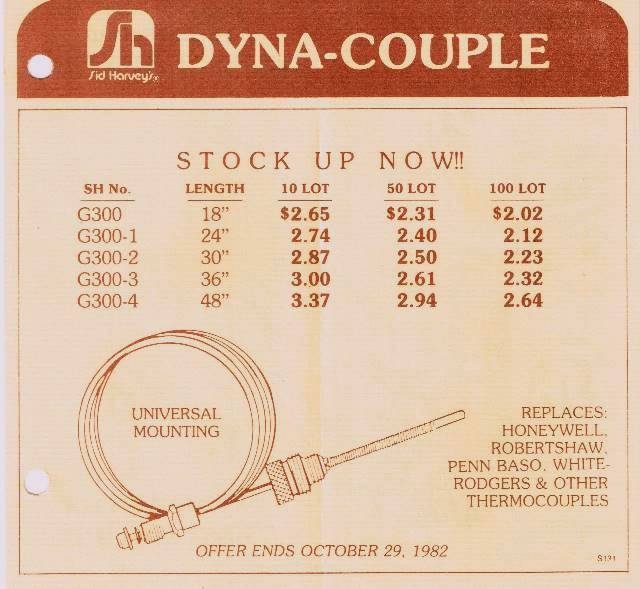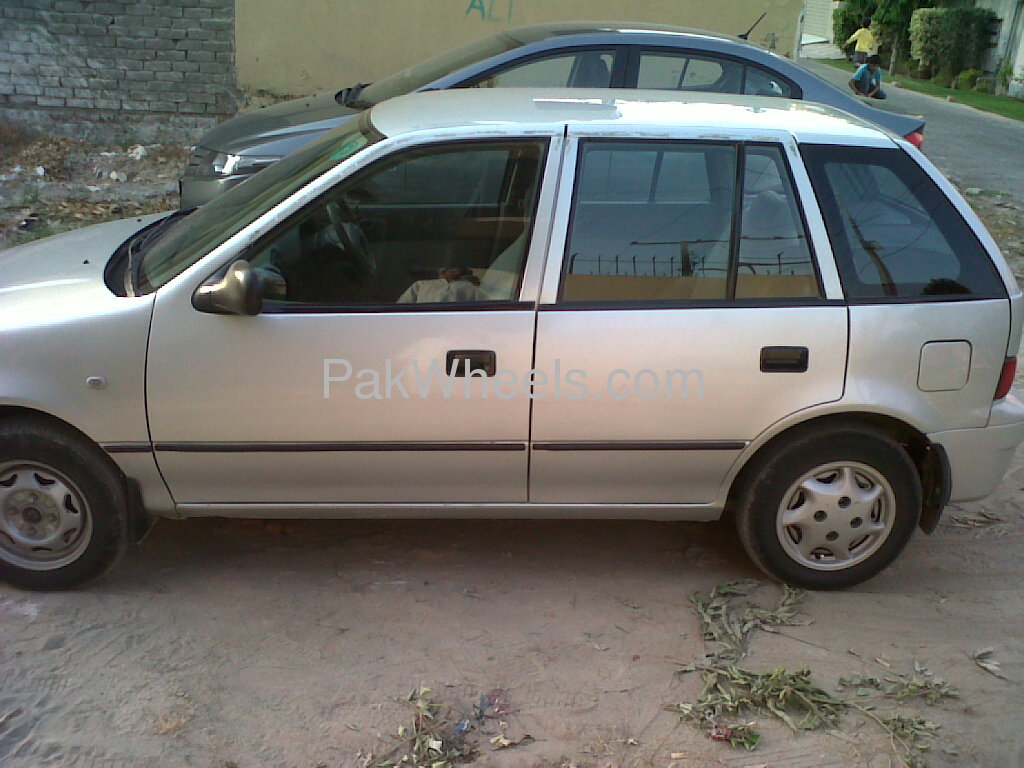Colorado Drivers License Previous Type N Thermocouple
Contents. Types There are two main types of systems:. Systems which warn the driver (lane departure warning, LDW) if the vehicle is leaving its lane (visual, audible, and/or vibration warnings). Systems which warn the driver and, if no action is taken, automatically take steps to ensure the vehicle stays in its lane (lane keeping system, LKS) The first production lane departure warning system in Europe was developed by the company Iteris for commercial trucks. The system debuted in 2000, and is now available on most trucks sold in Europe. In 2002, the Iteris system became available on ' North American vehicles.
- Colorado Drivers License Previous Type N Thermocouple Cable
- Colorado Drivers License Previous Type N Thermocouple Chart
- Colorado Drivers License Previous Type N Thermocouple Wire
Which county issued your license? *All vendors shall have the original Colorado Retail Food Establishment license on premise at all times*. Are you: Unlicensed _____ (Contact Health Department at 970-304-6415) Non-profit (provide documentation) ____. Licensed Temporary Event (provide copy) _____. Download Throttle Maximum Internet Performance at Throttle Informer Diskeeper, System Mechanic Professional, Full Speed Internet Booster Performance Tests. Type R and S thermocouples are the most popular rare metal thermocouple types. They are very similar in conductor construction. The main difference is that Type R is more popular in the UK whereas Type S is more popular in Europe.
In both these systems, the driver is warned of unintentional lane departures by an audible sound generated on the side of the vehicle drifting out of the lane. No warnings are generated if, before crossing the lane, an active turn signal is given by the driver.

Sensor types. The PCB and camera sensor from a Hyundai Lane Guidance camera module. Lane warning/keeping systems are based on:.
Video sensors in the visual domain (mounted behind the windshield, typically integrated beside the rear mirror). Laser sensors (mounted on the front of the vehicle).
Infrared sensors (mounted either behind the windshield or under the vehicle) Working Principle Lane Detection System used behind the lane departure warning system uses the principle of and to detect lane lines from real time camera image fed from the front end camera of the automobile. A basic flowchart of how a lane detection algorithm works to help lane departure warning, has been attached on the right side. A two way dotted yellow road lane in the US Vehicles Requires driver control while vehicle is in use, but adjusts steering if vehicle detects itself drifting out of lane: Year Make Model Style 2013 2014 Ford Explorer Fusion LCA Lincoln MKS MKZ Toyota Prius 2015 Acura LCA LCA LCA LCA LCA Ford LKA Explorer LKA LKA Fusion LKA Taurus LKA LCA LCA LCA Lincoln LKA MKS LKA MKT LKA MKZ LKA LKA LKA Mercedes LKA Toyota Prius LKA List shows up to 2015 model year. This feature became more widespread since. Allows unassisted driving under limited conditions Year Make Model Features 2014 Part of the system released in 2015, retroactively added by software upgrade to hardware capable 2014 vehicles. This combines automatic lane change (after signal is applied), adaptive cruise control, and sign recognition to regulate speed and location.
Available fly-by-wire (Direct Adaptive Steering) autonomous steering, lane keeping (Lane Assist), (Intelligent Cruise control) adaptive cruise control, and Predictive Forward Collision Warning system 2015, Autonomous steering, lane keeping, adaptive cruise control, parking, and accident avoidance. Semi-autonomous traffic assistant for speeds up to 37 miles per hour., This is the Mobileye EyeQ-powered Tesla Autopilot system.
Colorado Drivers License Previous Type N Thermocouple Cable
This system combines automatic lane change (after signal is applied), adaptive cruise control, and sign recognition to regulate speed and location. Part of the driver assistance pack plus in the new VW Passat B8. It contains a traffic jam assist which is active up to 37 miles per hour. This system steers, brakes and accelerates. Another part is the emergency assist which takes complete control over the vehicle when the driver does not react anymore. The vehicle is brought autonomously to a complete stop without any driver intervention.
Colorado Drivers License Previous Type N Thermocouple Chart
Not offered in the North American market Passat. Part of the Pilot Assist system. The system is active up to 31 mph and steers, brakes and accelerates the car on its own. It relies on the adaptive cruise control sensing a car in front and clear lane markings to be present. 2016 Semi-autonomous traffic assistant marketed as 'Traffic Jam Assist' offered as an option., This is the Mobileye EyeQ3 autopilot system released in 2015. This system combines automatic lane change (after signal is applied), adaptive cruise control, and sign recognition to regulate speed and location., Part of the Pilot Assist II system. The system is active up to 81 mph and steers, brakes and accelerates the car on its own without needing a car which to follow.
The driver is required to confirm his presence in regular intervals for the system to stay active. 2017, 2017 is the first year of the release of the second generation Autopilot 2 system using the hardware.
This combines automatic lane change (after signal is applied), adaptive cruise control, and sign recognition to regulate speed and location and also makes use of 8 cameras, one radar and several ultrasonic sensors. Part of the Pilot Assist II system. Limitations Lane Departure Warning Systems and Lane Keeping Systems rely on visible lane markings.

They typically cannot decipher faded, missing, or incorrect lane markings. Markings covered in snow or old lane markings left visible can hinder the ability of the system. See also.

Colorado Drivers License Previous Type N Thermocouple Wire
(swiveling headlamps). References.